

Les Halles
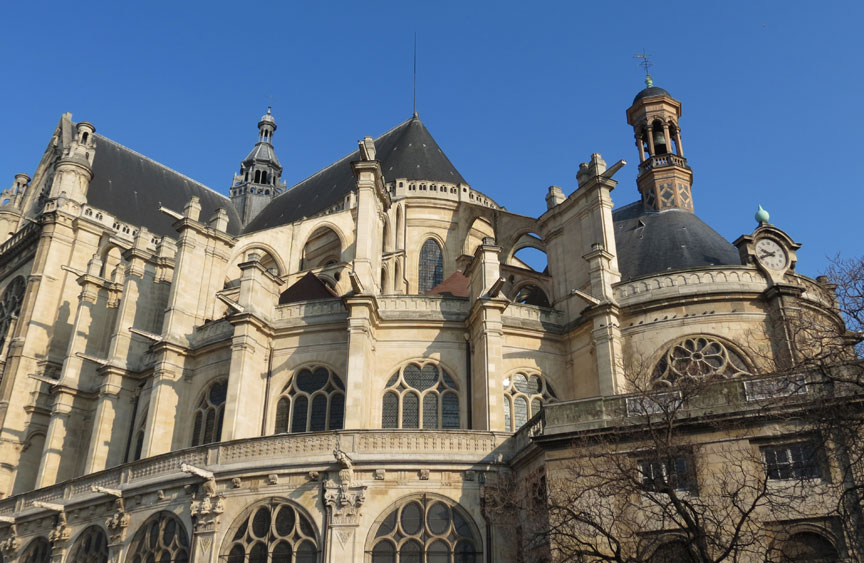
church of Saint-Eustache
Les Halles is an area of Paris, France, located in the 1st arrondissement, just south of rue Montorgueil. It is named for a large central wholesale marketplace which was demolished in 1971 and replaced with an underground modern shopping precinct, the Forum des Halles, whose open air center area is below street level, like a sunken garden, and contains sculptures, fountains, and mosaics.
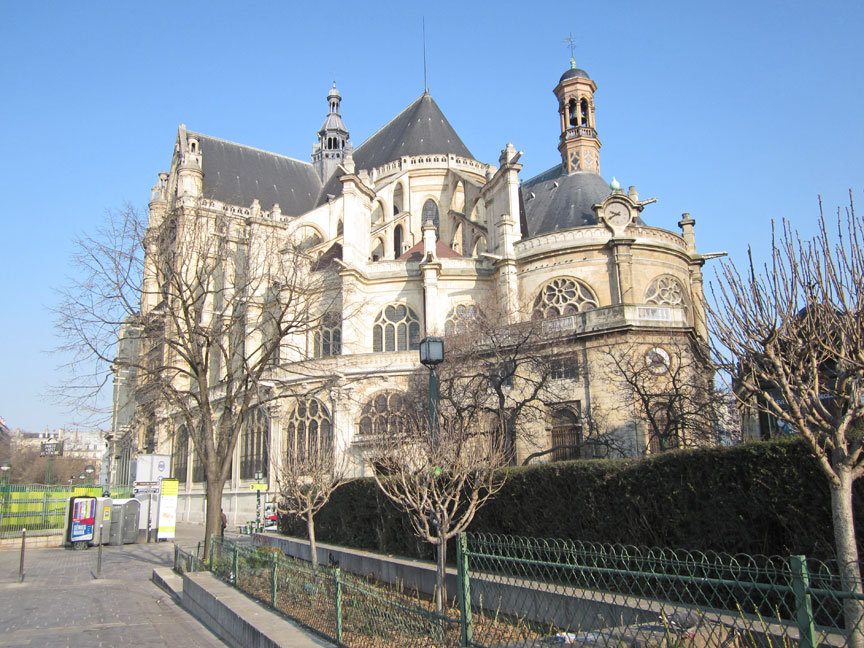
Beneath the shopping precinct lies the underground station Châtelet-Les-Halles,
a central hub of Paris's express commuter rail system, the RER.
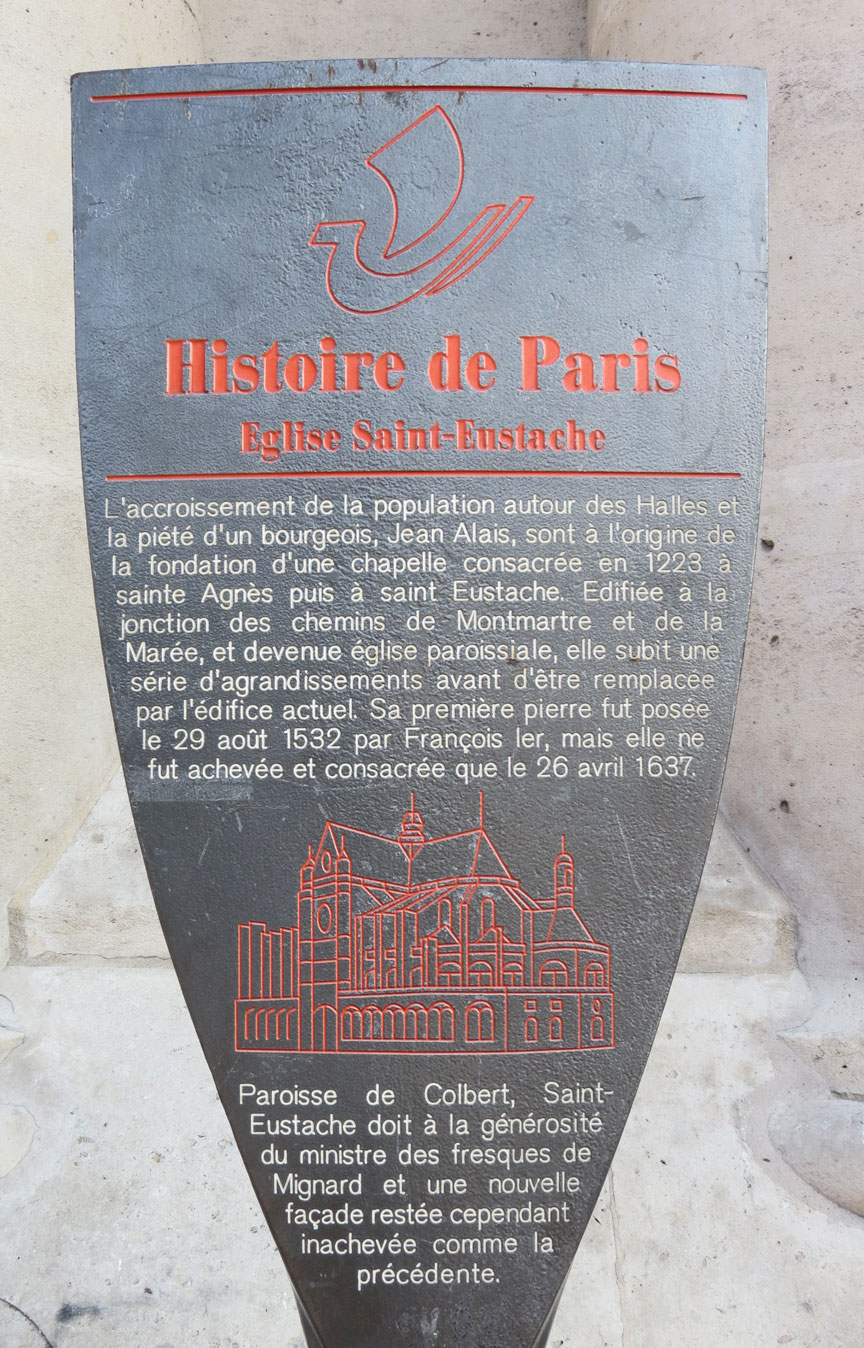

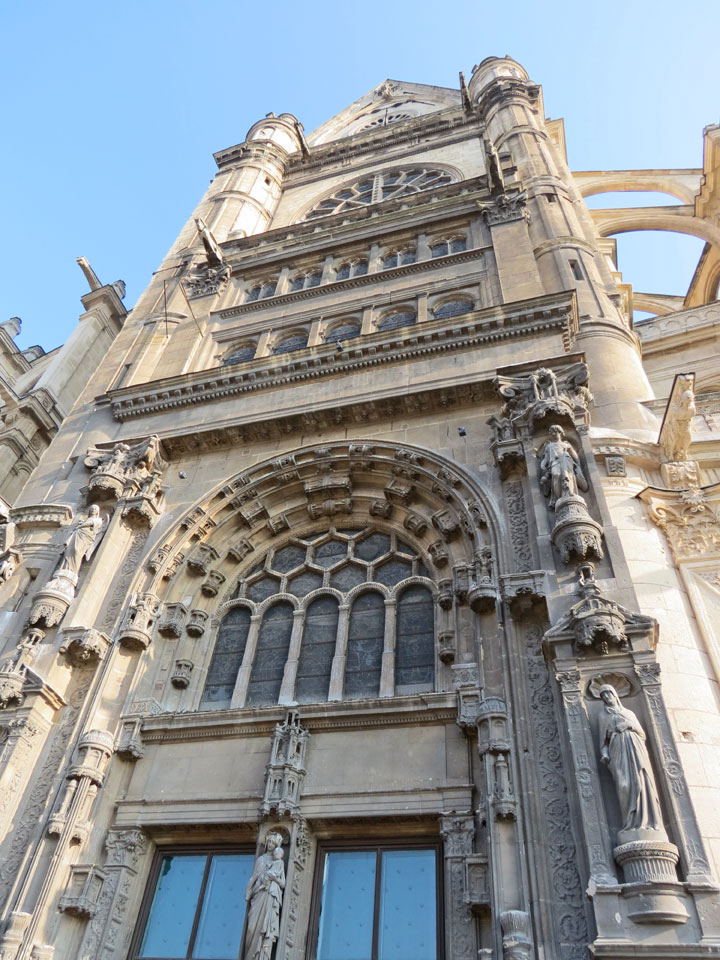
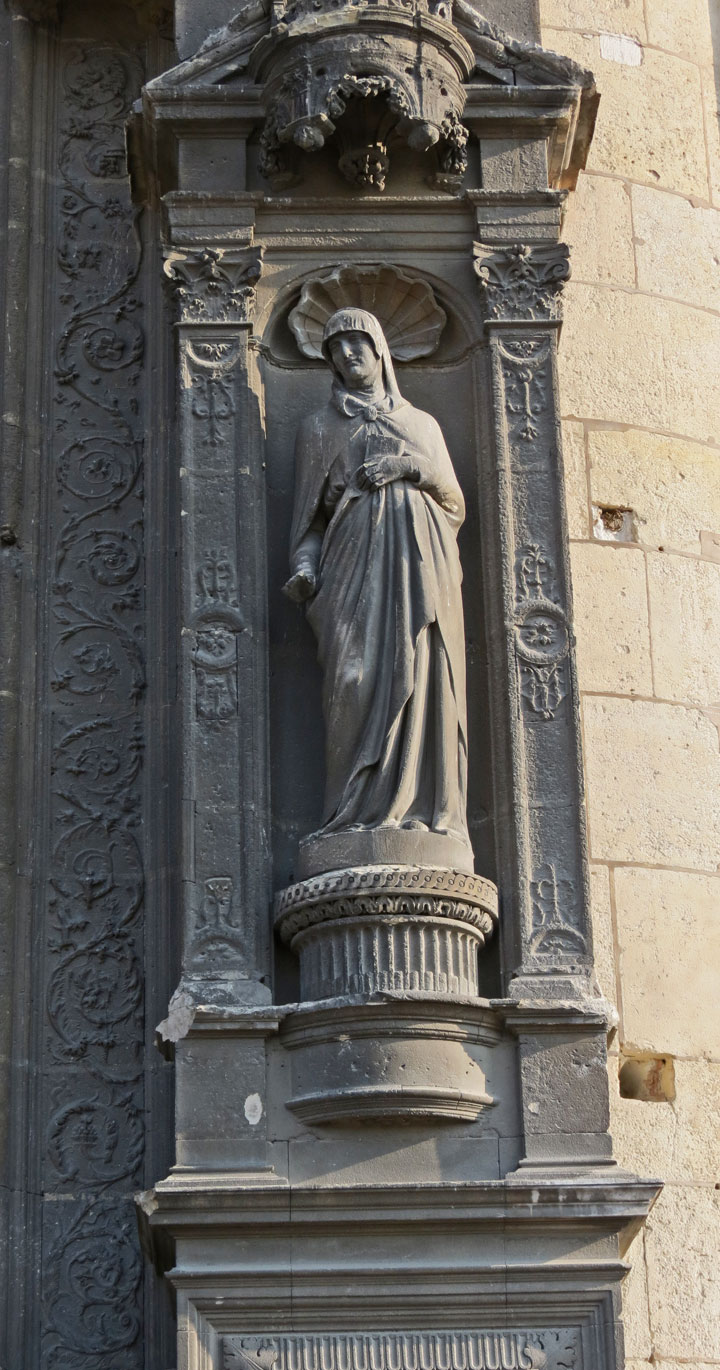
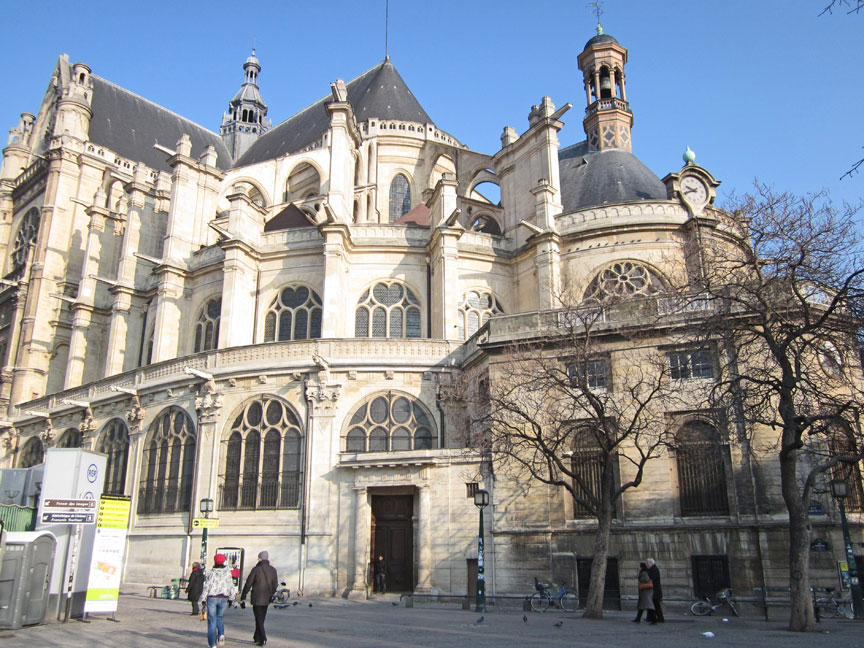
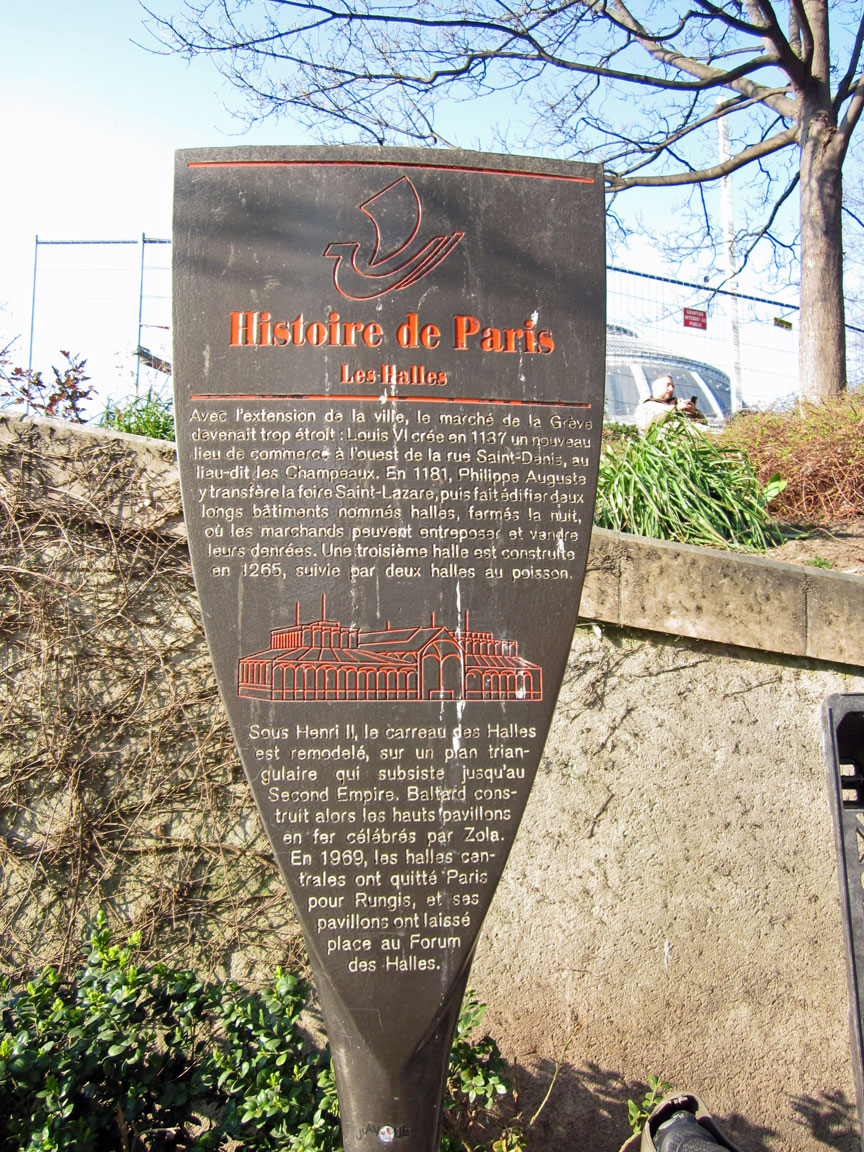
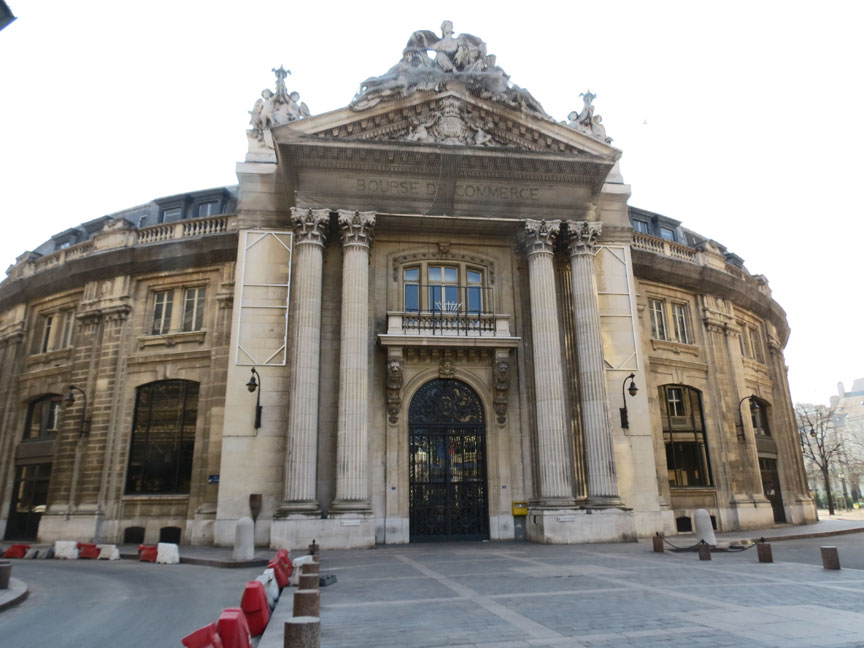
Bourse de Commerce
Les Halles was the traditional central market of Paris. In 1183, King Philippe II Auguste enlarged the marketplace in Paris and built a shelter for the merchants, who came from all over to sell their wares. The church of Saint-Eustache was constructed in the 16th century. The circular Halle des Blés (grain exchange), designed by Nicolas Le Camus de Mézières, was built between 1763 and 1769 at the west end of Les Halles. Its circular central court was later covered with a dome, and it was converted into the Bourse de Commerce in 1889. In the 1850s, the massive glass and iron buildings (Victor Baltard Architect) Les Halles became known for were constructed. Les Halles was known as the "Belly of Paris", as it was coined by Émile Zola in his novel, Le Ventre de Paris which is depicting and set in the busy marketplace of the 19th century.
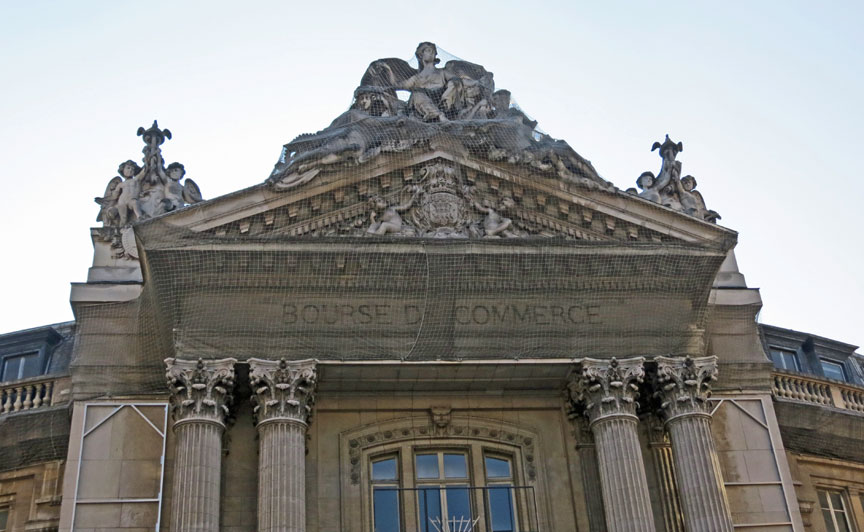
Unable to compete in the new market economy and in need of massive repairs, the
colorful ambience once associated with the bustling area of merchant stalls
disappeared in 1971, when Les Halles was dismantled; the wholesale market was
relocated to the suburb of Rungis. Two of the glass and cast iron market
pavilions were dismantled and re-erected elsewhere; one in the Paris suburb of
Nogent-sur-Marne, the other in Yokohama, Japan.
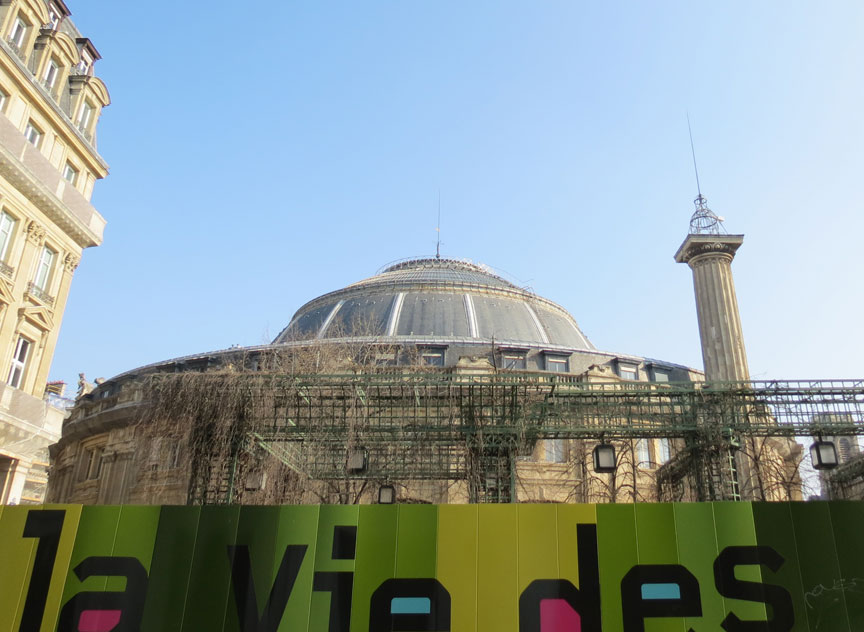
The site was to become the point of convergence of the RER, a network of new
express underground lines which was completed in the 1960s. Three lines leading
out of the city to the south, east and west were to be extended and connected in
a new underground station. For several years, the site of the markets was an
enormous open pit, nicknamed "le trou des Halles" , regarded as an eyesore at
the foot of the historic church of Saint-Eustache.
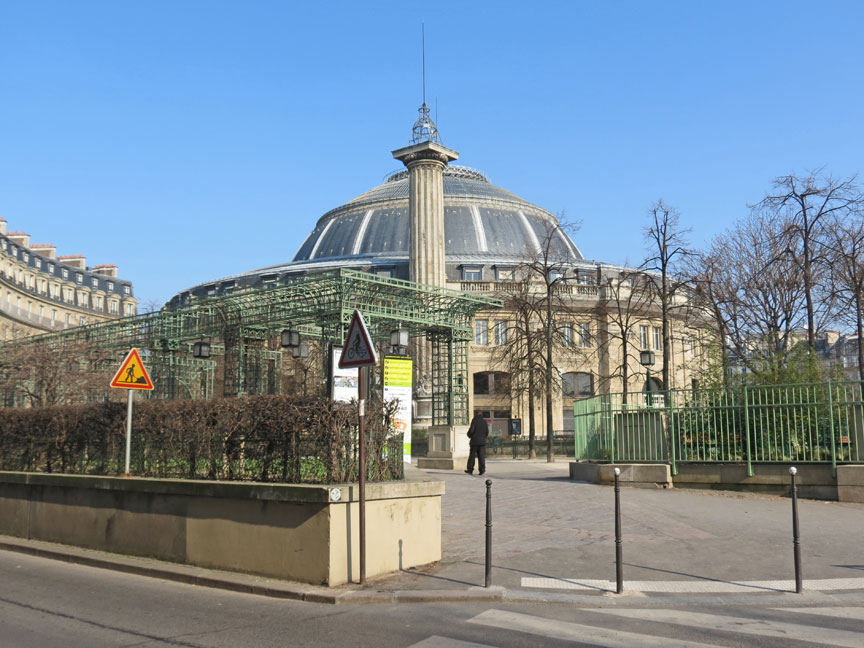
Construction was completed in 1977 on Châtelet-Les-Halles, Paris's new urban
railway hub. The Forum des Halles, a partially underground multiple story
commercial and shopping center, opened at the east end of the site in 1979 and
remains there today. A public garden covering four hectares opened in 1986. Many
of the surrounding streets were pedestrianized.
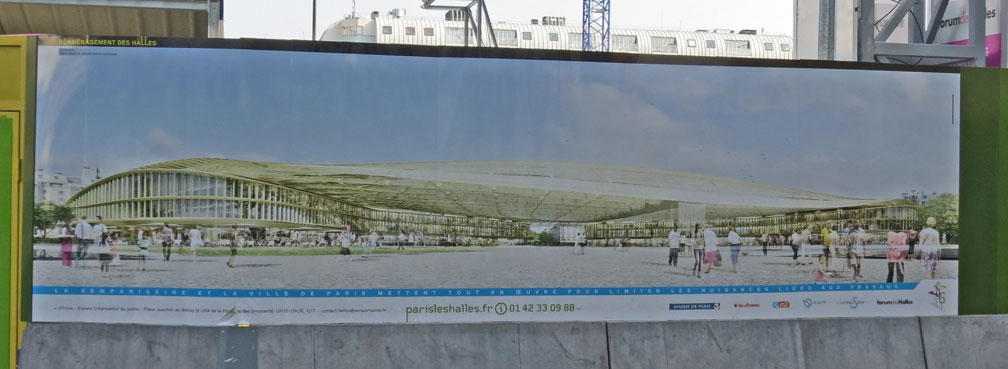
future plan
The Châtelet-Les-Halles station is Paris' most used rail station, serving 750,000 travelers on an average weekday. The buildings and their surroundings have been criticized for their design. In 2002 Mayor Bertrand Delanoë announced that the City of Paris would begin public consultations regarding the remodeling of the area, calling Les Halles "a soulless, architecturally bombastic concrete jungle." A design competition for the Forum and gardens was held, with entries from Jean Nouvel, Winy Maas, David Mangin, and Rem Koolhaas. Mangin's design for the gardens, which proposed replacing the landscaped mounds and paths of the 1980s design with a simplified pattern of east-west pedestrian promenades and a large central lawn, was selected. The plan also includes extending the pedestrianized area further east to include all the streets bordering the gardens. Another competition was held for the redesign of the Forum. Ten teams submitted plans, and the proposal by Patrick Berger and Jacques Anziutti was selected in 2007. Their design includes a large undulating glass canopy which will cover the redesigned Forum. STIF and RATP began plans for the remodeling of the Châtelet-Les-Halles station in 2007, and the following year Berger and Anziutti were awarded a contract for redesign of the station. The station redesign includes new entrances on Rue Berger, Rue Rambuteau, and Place Marguerite de Navarre, an expanded RER concourse, and improved pedestrian circulation. Construction began in 2010 on a project which includes the gardens, Forum, and station, and is scheduled to continue through 2016. The clients are the City of Paris, RATP, which operates the Paris Metro, and La Société Civile du Forum des Halles de Paris, which operates the Forum.
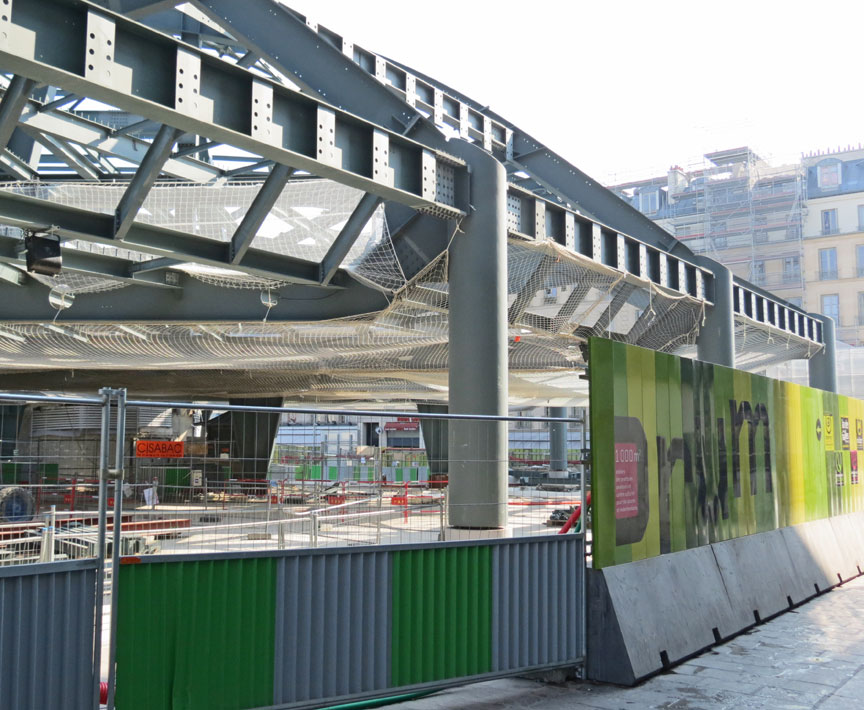
construction
As of July 2012, the area at the foot of church of Saint-Eustache is once again upturned earth, broken concrete and temporary construction walls, as construction on a new public green space atop the shopping center is underway.
Text from Wikipedia
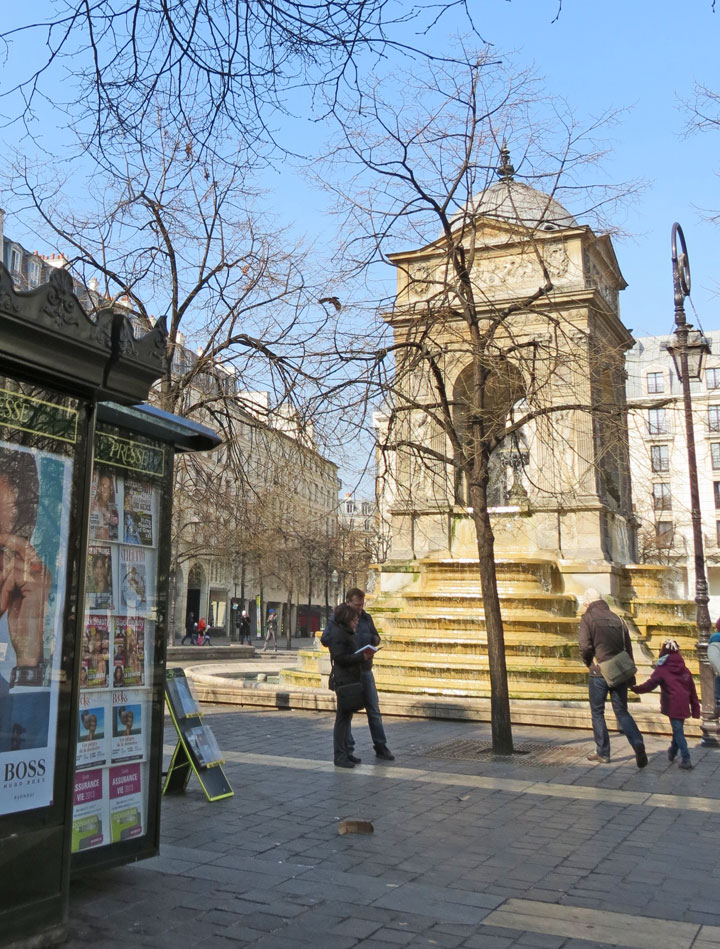
The Fontaine des Innocents
The Fontaine des Innocents is a monumental public fountain located on the place Joachim-du-Bellay in the Les Halles district in the 1st arrondissement of Paris, France. Originally called the Fountain of the Nymphs, it was constructed between 1547 and 1550 by architect Pierre Lescot and sculptor Jean Goujon in the new style of the French Renaissance. It is the oldest monumental fountain in Paris.
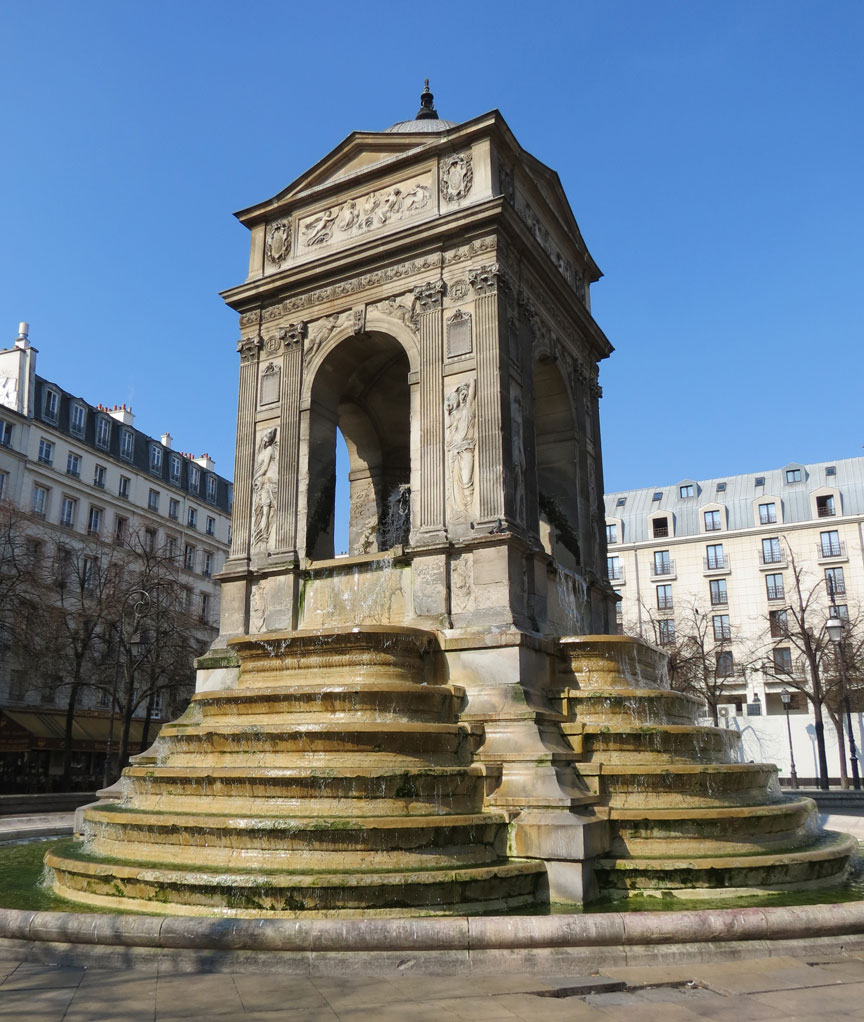
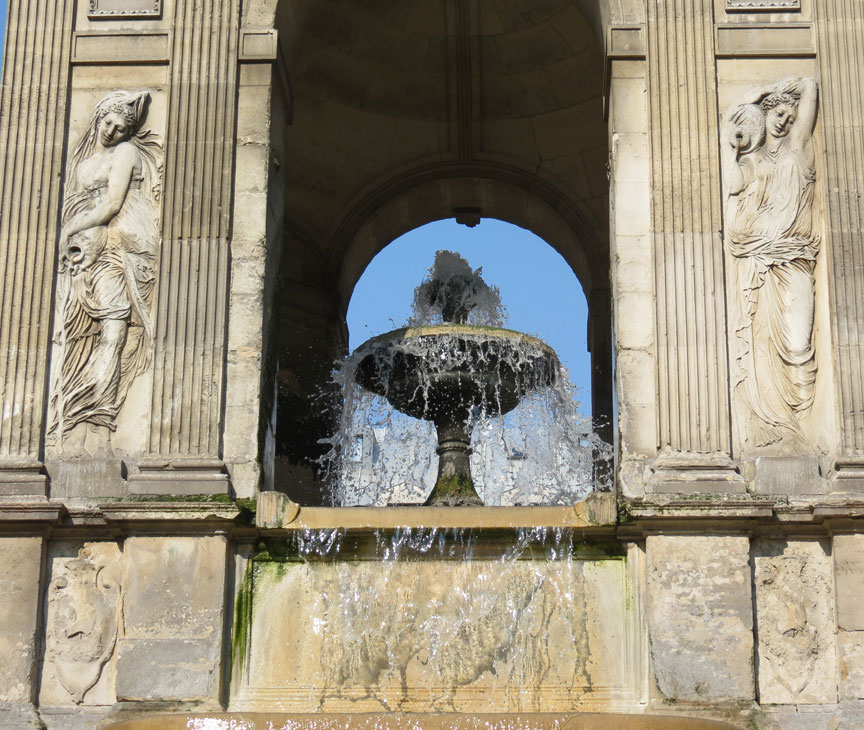
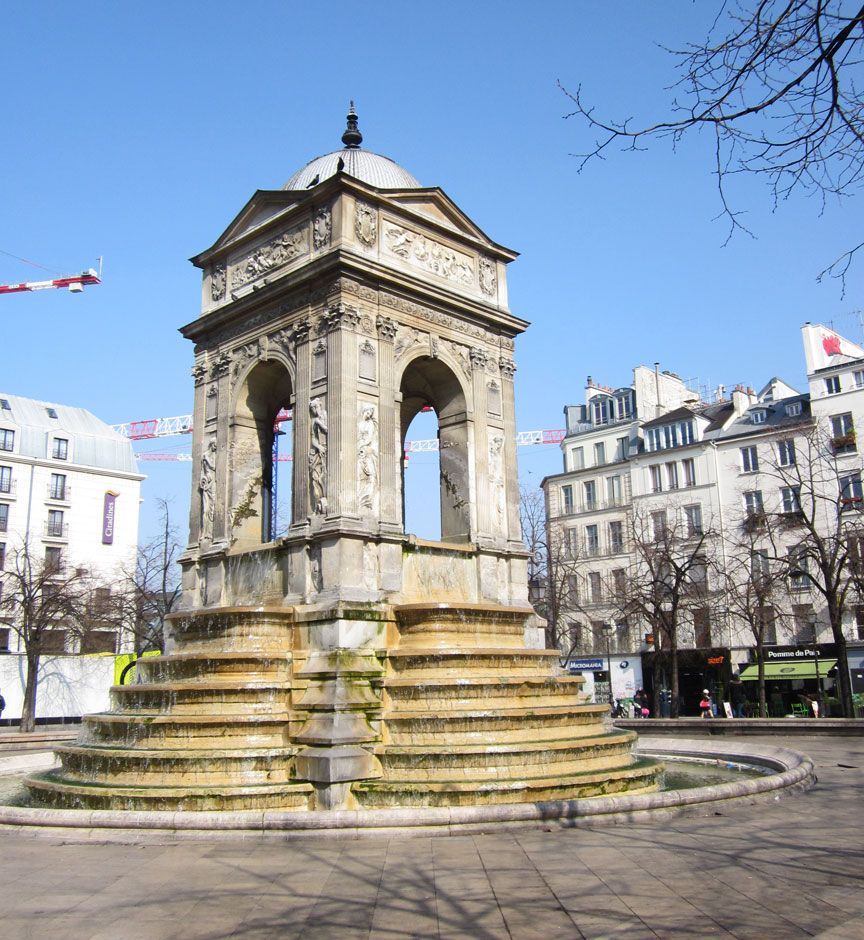
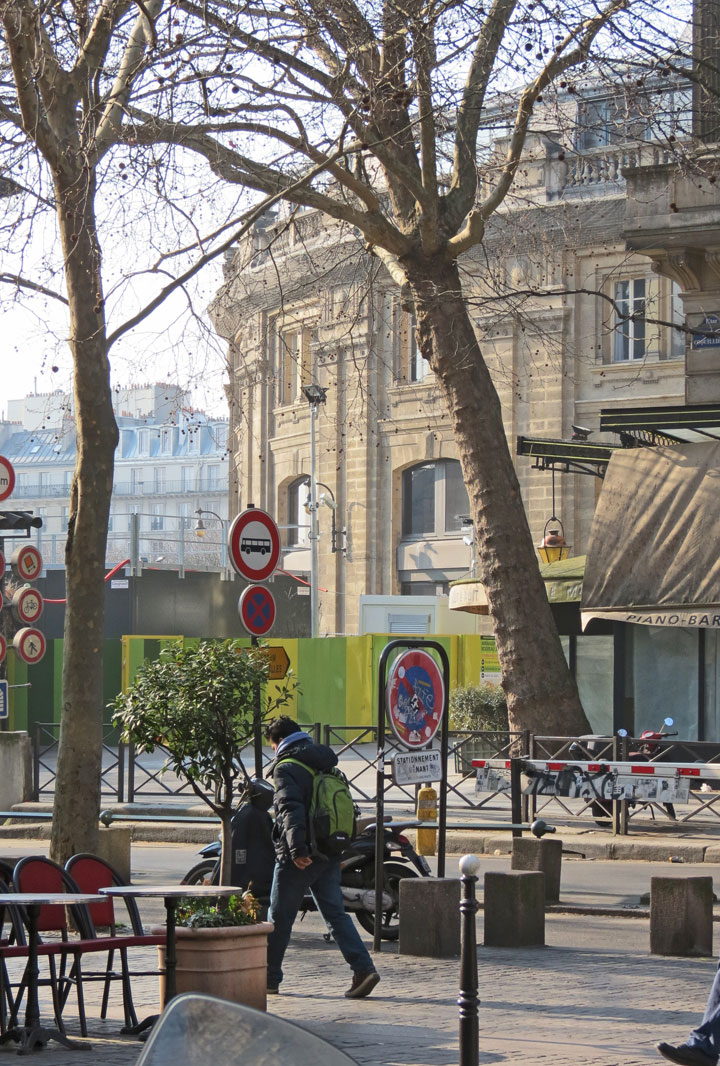
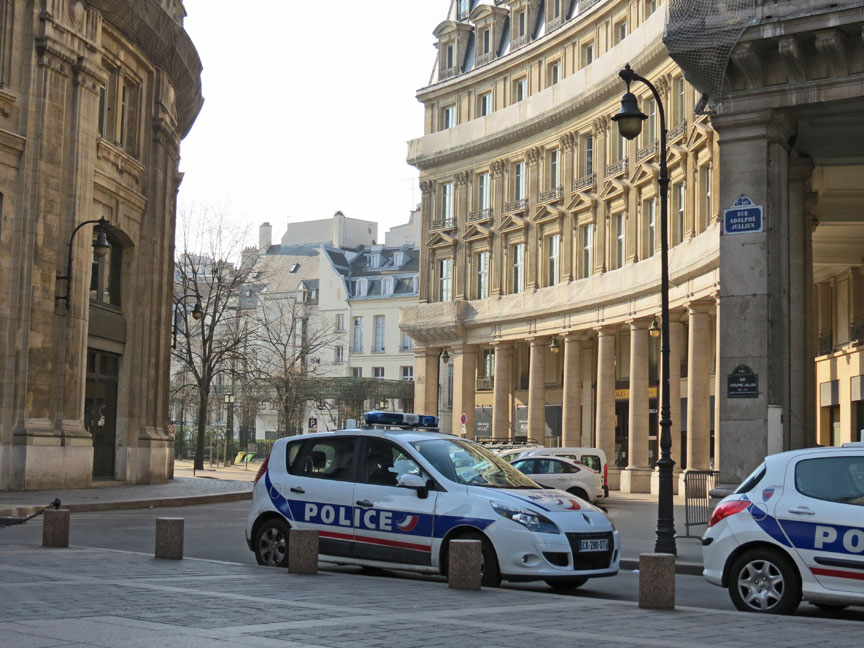
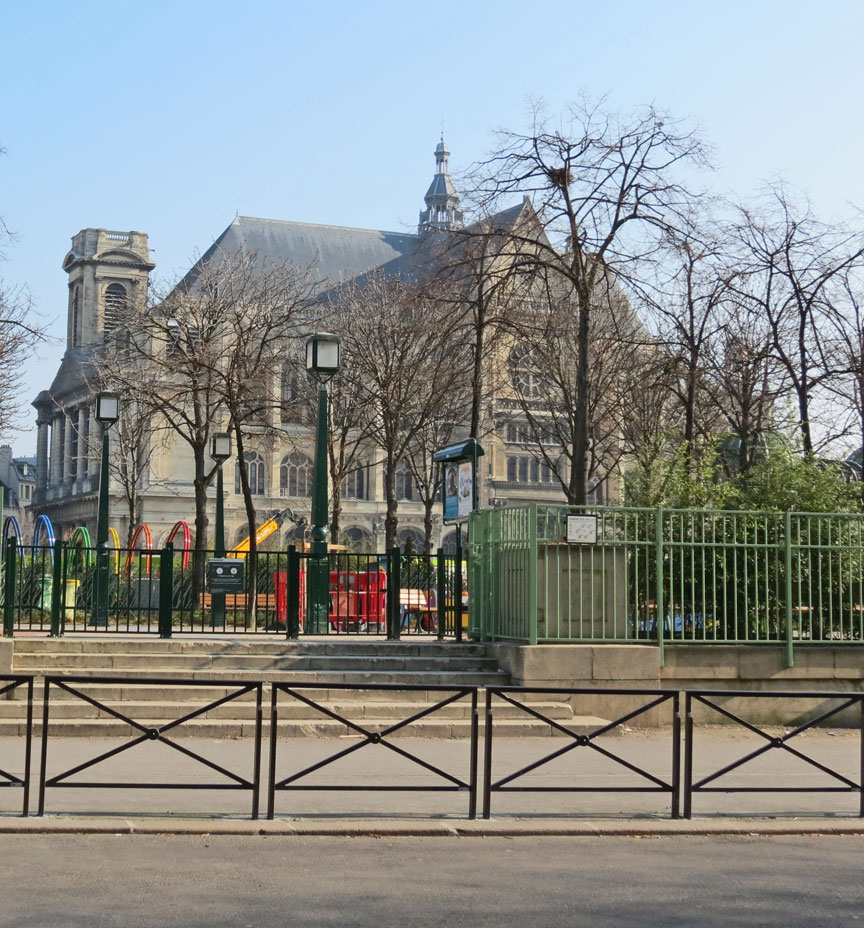
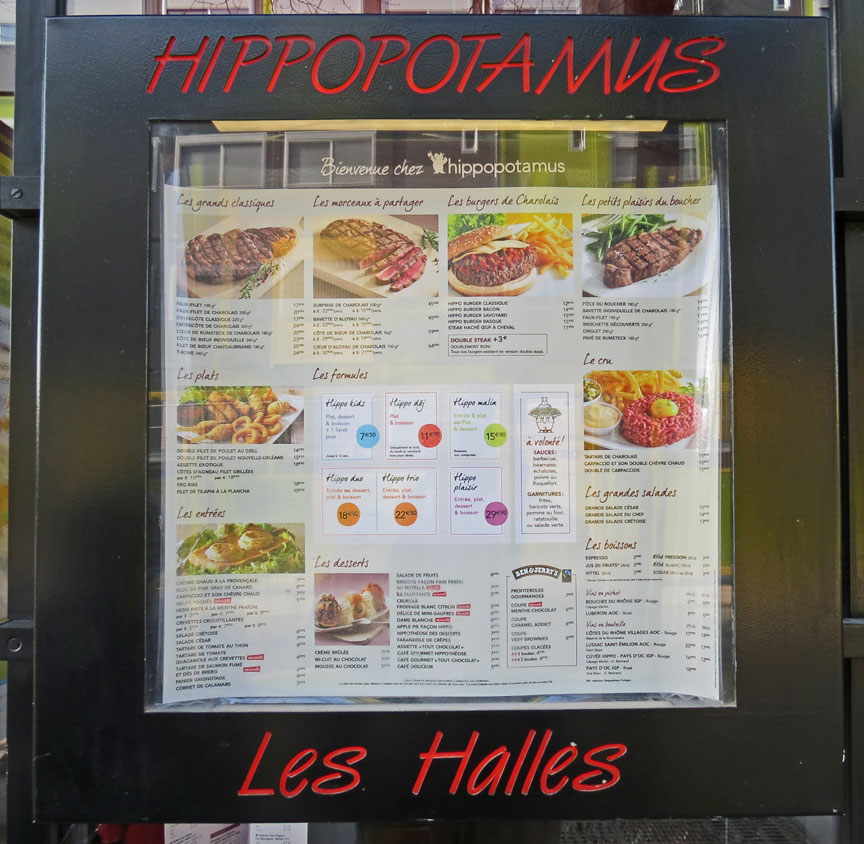
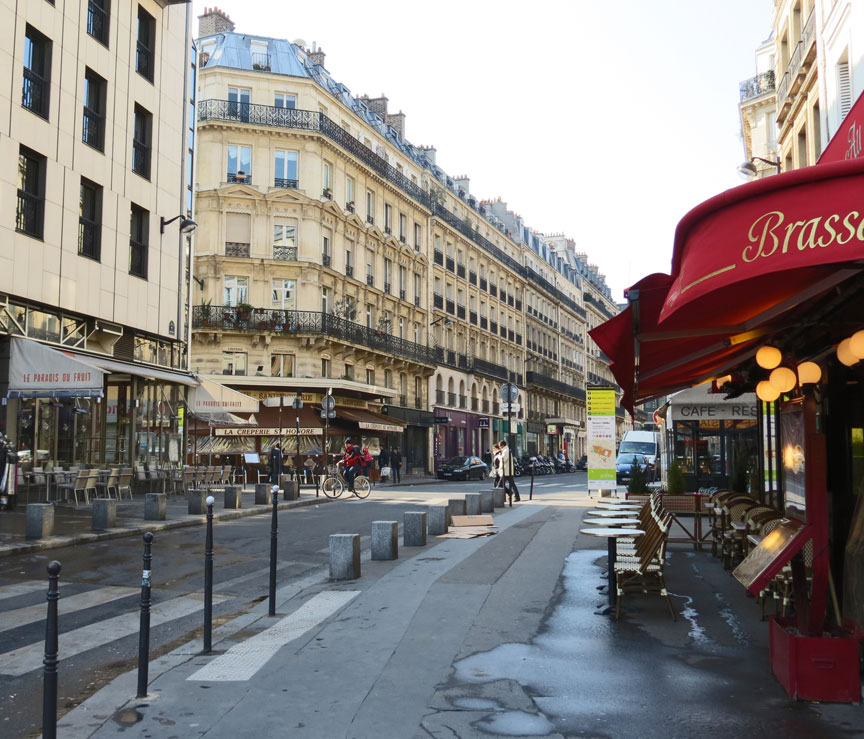
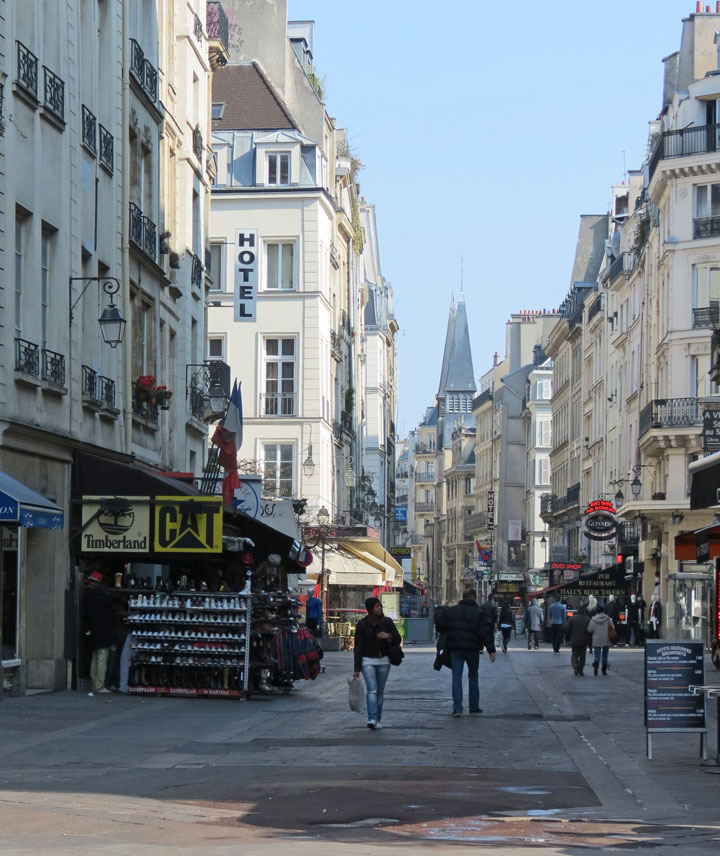
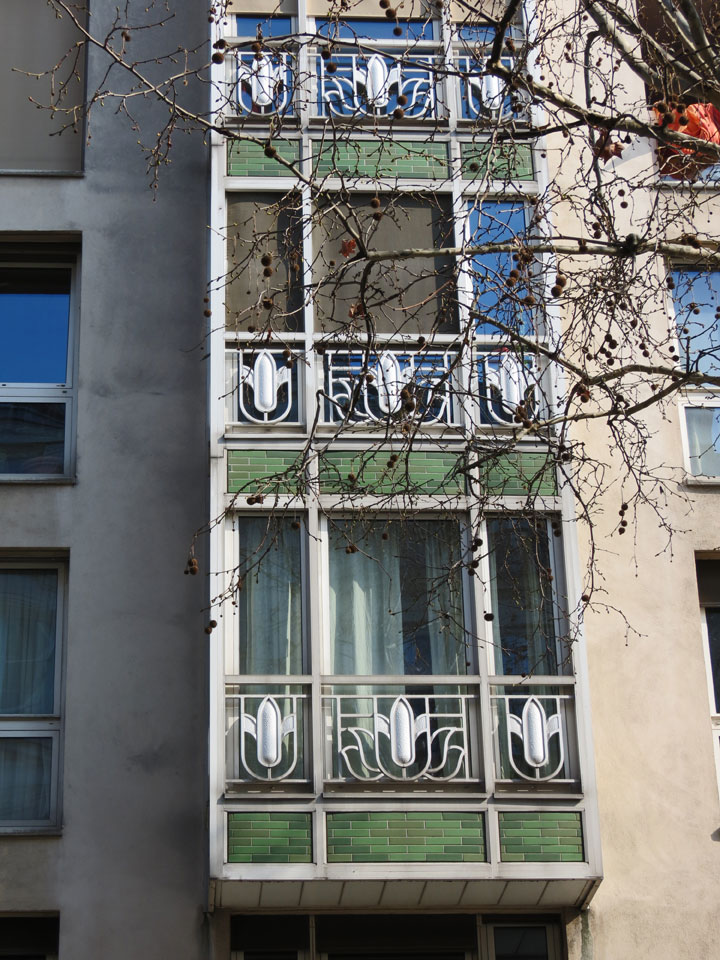

bicycle rental
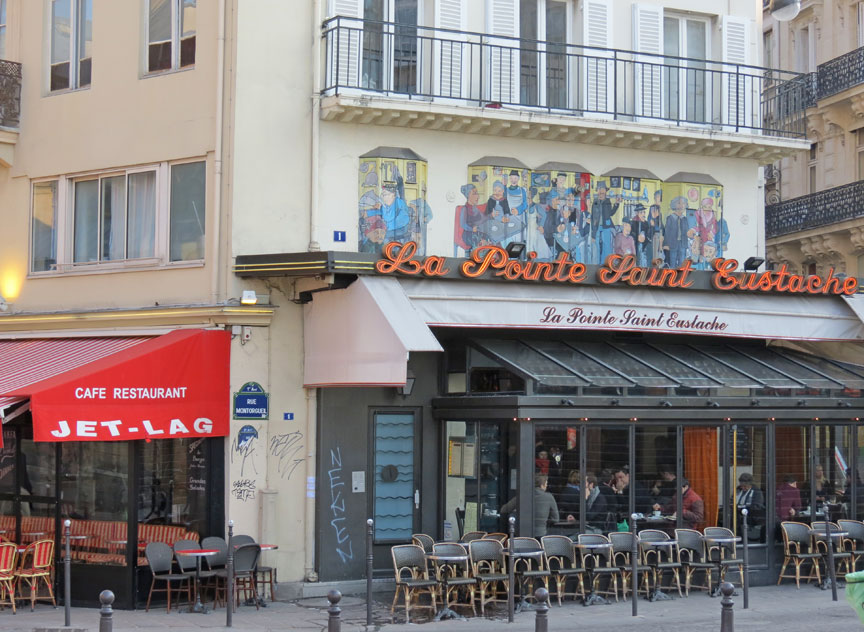


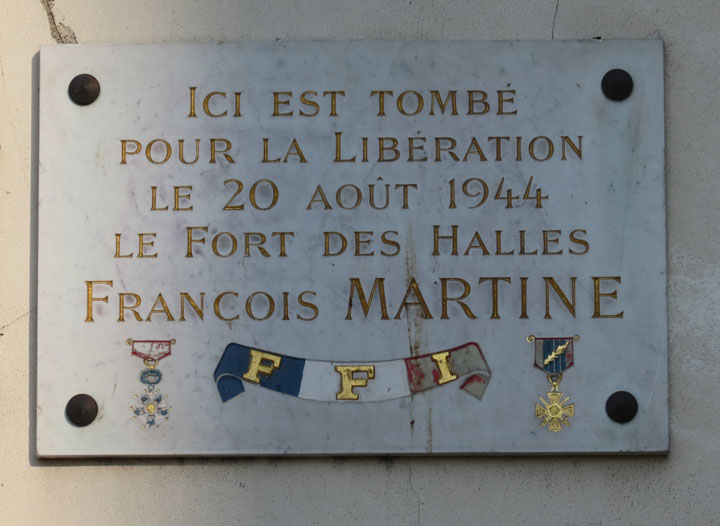
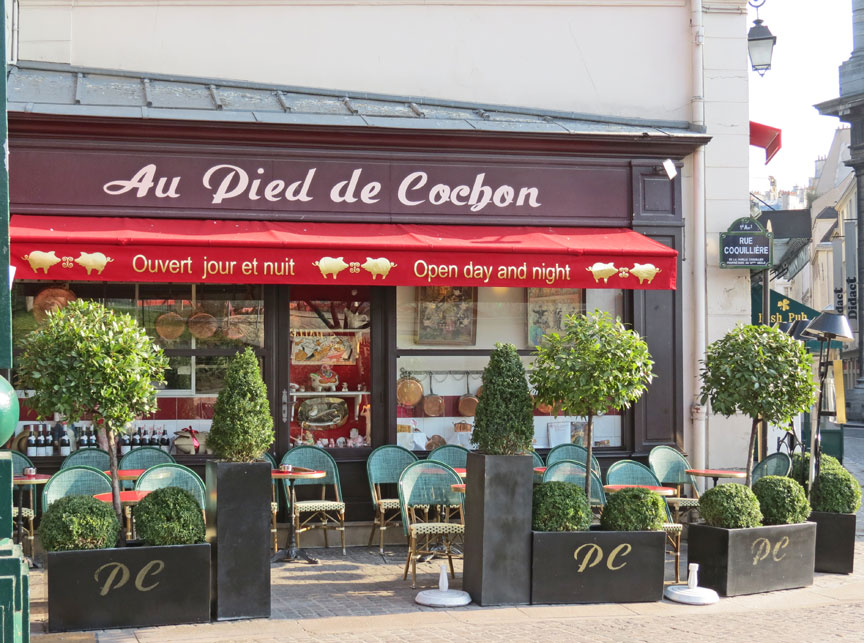
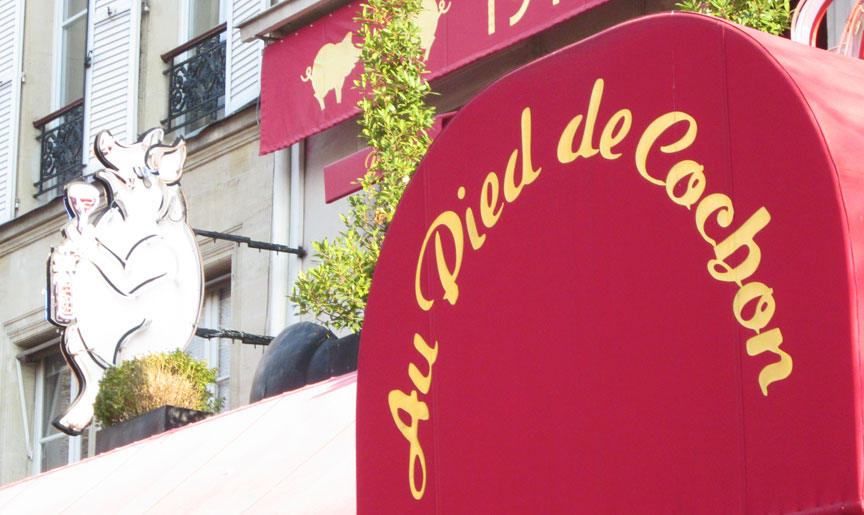
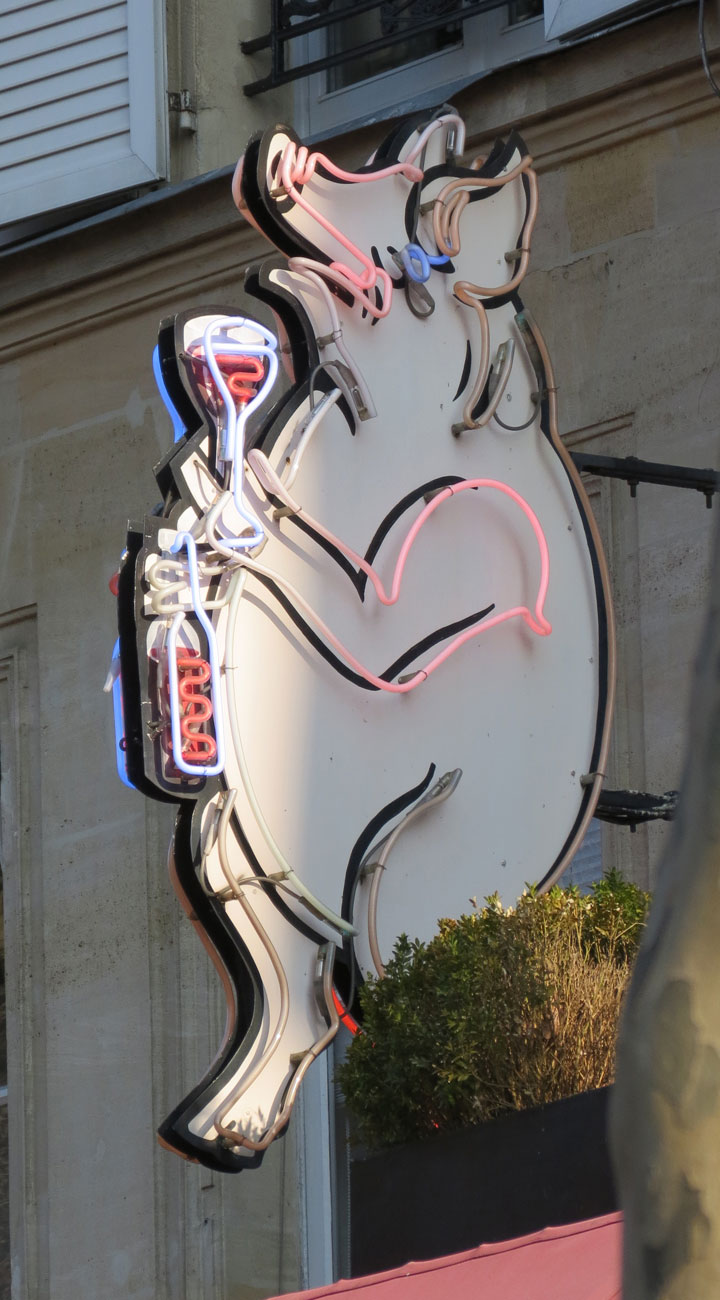
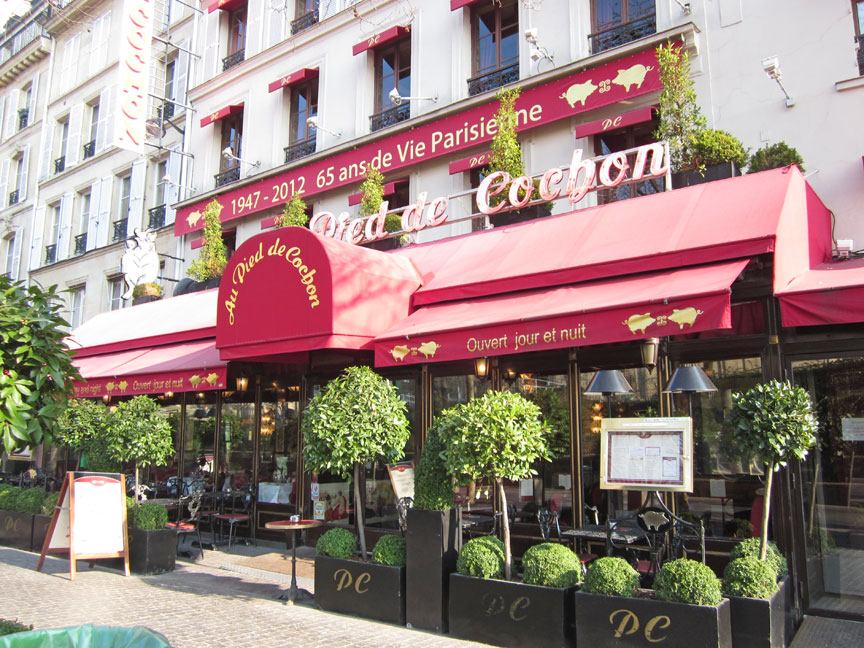
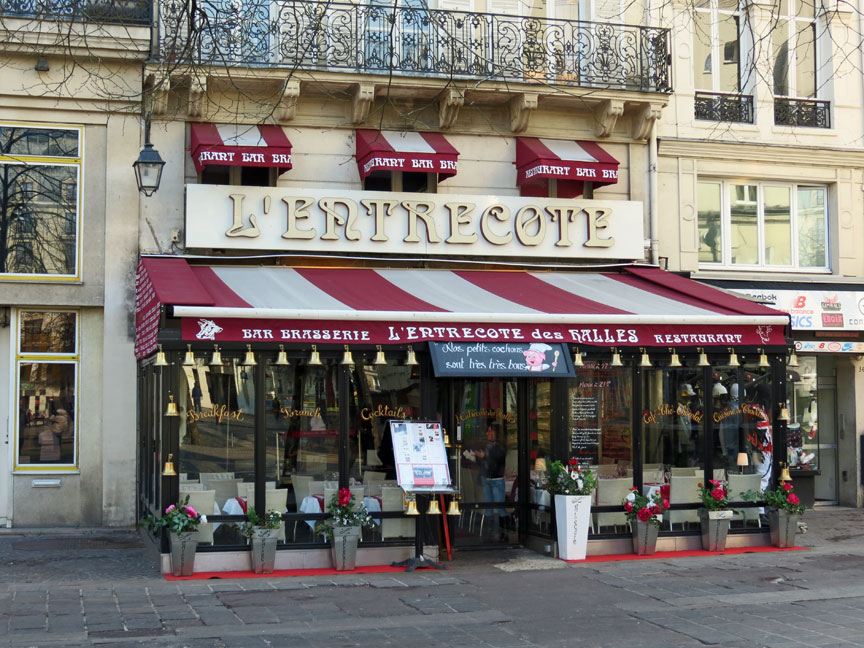
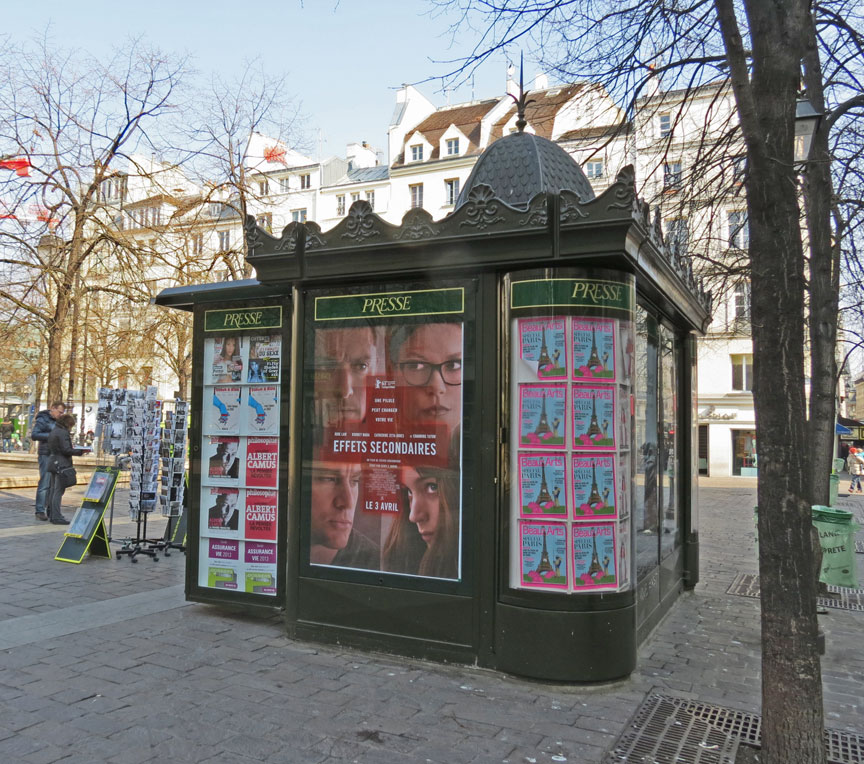
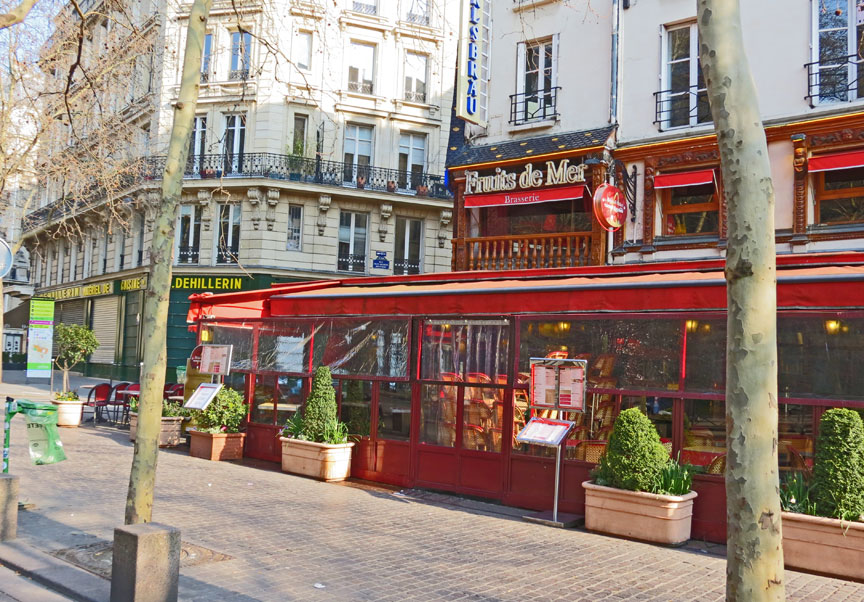
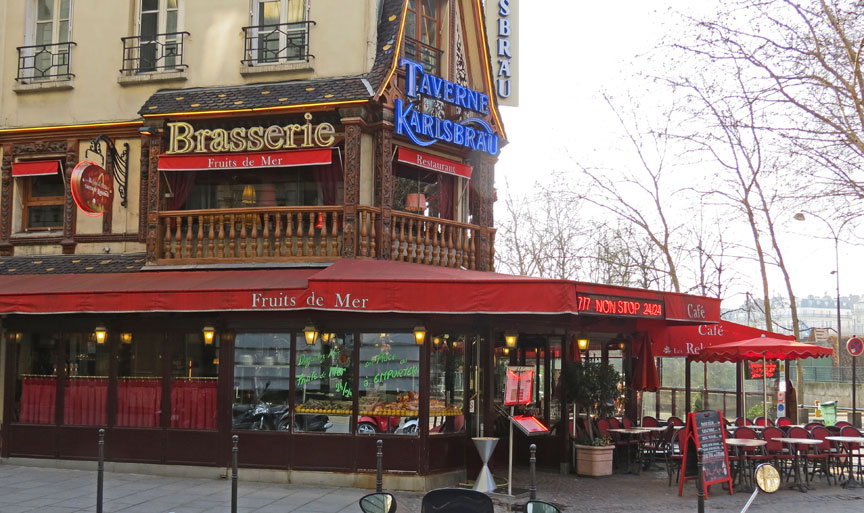
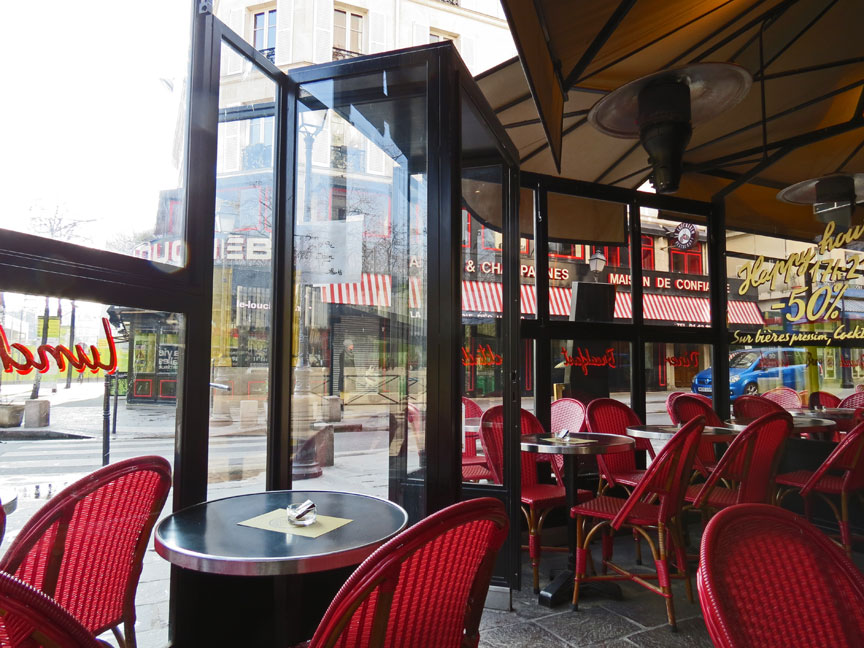
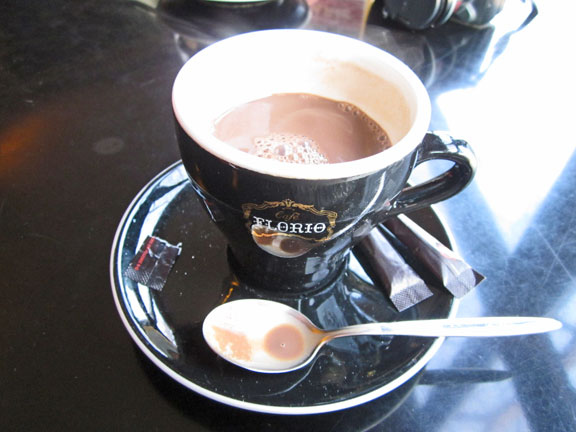
hot chocolate
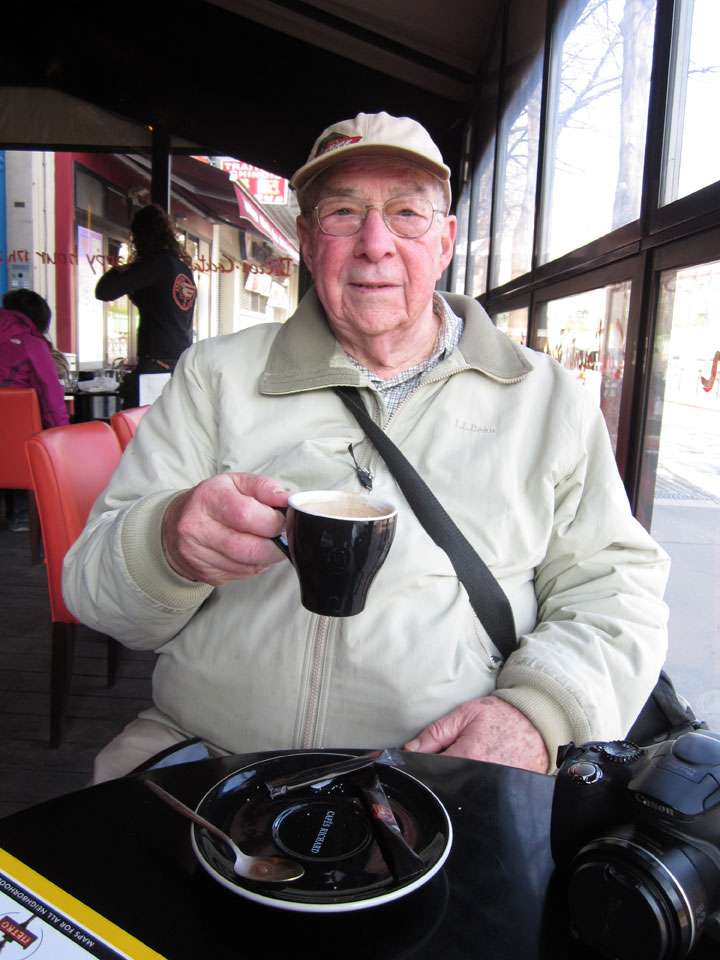
perfect drink for
"The Traveler"
as a break from photo taking